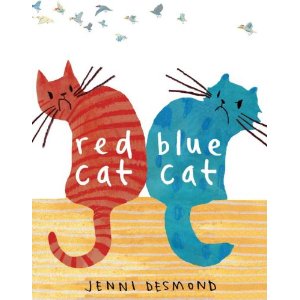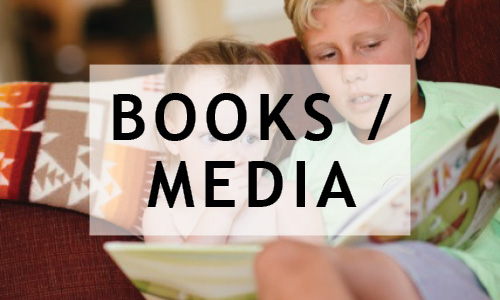 I am fortunate to consult as a part of a public school team of professionals who work with one of my clients on the autism spectrum. Recently, his classroom and special ed teacher said they were working on “reading” the book’s illustrations to increase comprehension in the story. As soon as this child progresses through the grades, there will be fewer illustrations to support the story, but now, as they use more picture books, the drawings are a wonderful support for comprehension.
I am fortunate to consult as a part of a public school team of professionals who work with one of my clients on the autism spectrum. Recently, his classroom and special ed teacher said they were working on “reading” the book’s illustrations to increase comprehension in the story. As soon as this child progresses through the grades, there will be fewer illustrations to support the story, but now, as they use more picture books, the drawings are a wonderful support for comprehension.
I’ve used Red Cat Blue Cat in my lessons recently to examine the illustrations, especially the simple line drawing of the cats’ mouths to bring out their emotions and why they feel that way. Why are they sitting back to back with droopy mouths at the beginning of the story? How do they feel as each watches other perform tasks they are jealous of? How do we know? Even the “stumble, tumble, whump!” of their rumble down the stairs is a picture of frustration and disagreement. Each drawing of pulling off the opposite colored clothing, and scrubbing off the paint are wonderful opportunities to describe the story from the illustrations. They even look a bit bewildered after they realized they were beginning to help one another! Pretty soon they are sitting together enjoying a computer game or “boing, boing” bouncing across chimneys, with a smile on their faces.
Looking for and interpreting the detail in the illustrations for a story can be a valuable language lesson as well as re-telling it, covering up the text.



